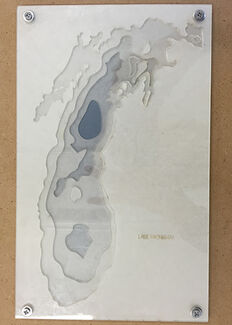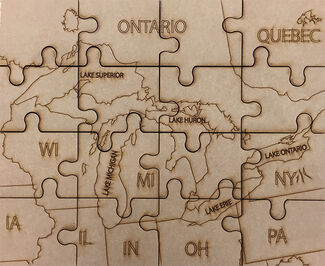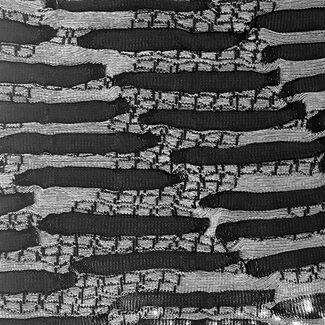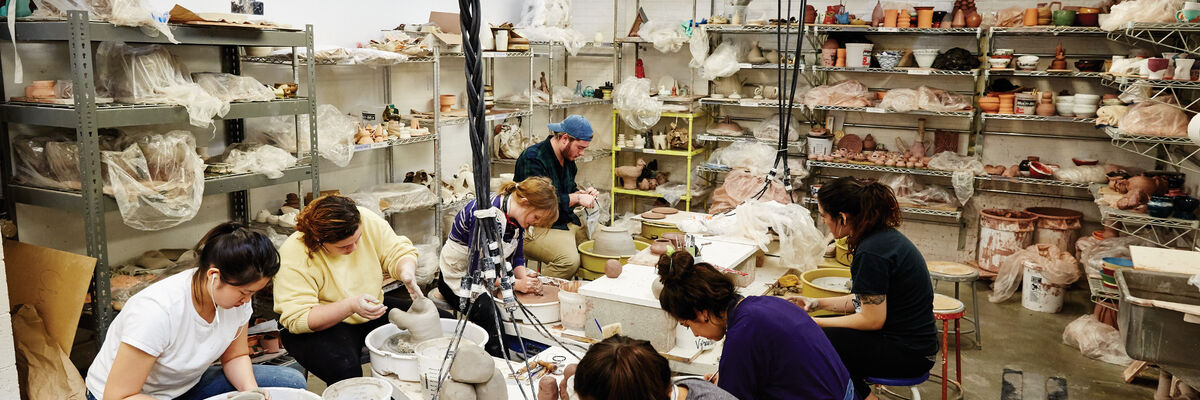
Eco Design Riverworks: Water is Essential for Life

Fall 2016
Faculty: Linda Keane, AIADO, and Eric Leonardson, Sound
Riverworks Chicago is an interactive transient sound mapping and community engagement series of classes that reimagines and visualizes the sustainable world above and beneath the surface of the Chicago River. Challenging engagement with water, water habitats, water conservation and water quality, students activate new connections and thinking about the Chicago River as a healthy, working and recreational ecology. Inspired by John Cages’ 1978 Dip in the Lake series of acoustical experiences throughout Chicago, the course captures sounds of water, water use and misuse in the city. Riverworks coordinates creative collaboration opportunities between SAIC students, faculty, and Chicago organizations to eco map the Chicago River.

River sensing serves as an immersive forum for examining the importance of the recreational and ecological aspects of contemporary working rivers and the Great Lakes as a freshwater ecosystem challenged by human neglect and urbanism. It explores the politics of water usage, water quality, waterconservation as essential to reimagining the health of the city.

Riverwalking analyzes conditions of the banks of the Chicago River as opportunities for revealing data on sustainable practices in the built environment and reviving ecological connections. Students map paths, destinations, interactions, and reactions on the edge of the urban river. Recording the interconnectivity of water use with public fountain recordings, biodiverse porous landscapes, and underwater life, students connect the health of the working river to water quality remediation of the world’s largest sanitation district in south Chicago.

River Sensing overlays walking maps with light, sound, soil density, and temperature data to better embed and reveal implications of urban development and to lay a foundation for improving its ecology. Students visit the Chicago River Museum and take Chicago History Boat Tours. In addition to course lectures and readings, students meet UNESCO Biospheres Reserve Listener, Dr. Leah Barclay, Dr. Mark Hauser, Water Educator, Chicago River Museum, and Zach Damato, Kick Starter Entrepreneur and creator of Urban Rivers.

River Listening’s interdisciplinary collaboration examines creative possibilities for marine bioacoustics and the potential for new approaches to the conservation of urban global river systems. Under the direction of Erick Leonardson, Adjunct Associate Professor, Sound, and director of Midwest Society for Acoustic Ecologists, students fabricate hydrophones for listening for wildlife diversity below the river’s surface. Connecting invisible riverine life with urban water infrastructure, River Listening activates familiar places with unfamiliar information creating immersive spaces. Students experience interactive listening labs and document field recordings in preparation for sound maps, spontaneous performances, and installations that creatively use everyday technologies.
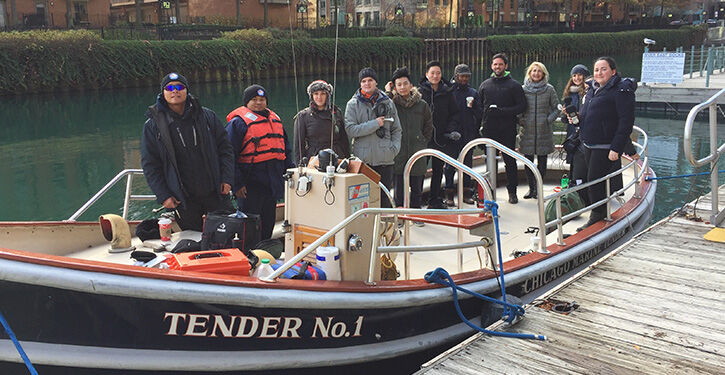


Riverworks designs objects and sites, digital and virtual, as fertile grounds for creativity, innovation, and social interaction. Students create projects that engage audiences with understanding precondition contributions to the biodiversity of flora, fauna, and riverine wildlife.
Click here to watch a video that talks more about this exciting course.
Learn about other Riverworks courses: Taking the Waters and Cultural and Enviromental Mapping.
Student Work
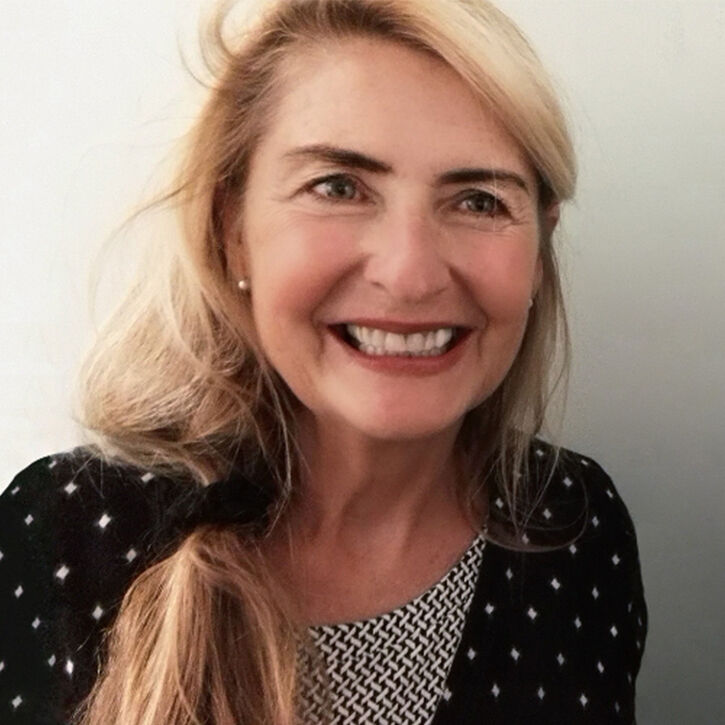
Faculty
Linda Keane: As an educator, artist, architect, and researcher, Keane is an innovator in designing learning experiences that blur work, play, and fun. Co-creator of the eLearning DESIGNopedia, NEXT.cc, Keane works to network place-based learning opportunities in K16. NEXT.cc informally raises curiosity and awareness about the value of design in K through gray populations in over 150 countries. Workshop Videos and photos are posted on YouTube and Flickr.
Co-Founder of STUDIO 1032 Keane collaborates on green initiatives with multidisciplinary teams in and along the Chicago-Milwaukee corridor. Early animated films on architecture are part of the J. Paul Getty and Metropolitan Museum of Art Film in Architecture Collection and recognized with a PBS Image Union Emmy. Key projects include the City of Chicago Green Roof Website, initiation of the third architecture program in Chicago at SAIC, Milwaukee’s North East Side Plan, Milwaukee River Greenway and Great Lakes Gateway. Green Imagination projects focus on environmental conservation, smart growth guidelines, and tactical urbanism. IN 2015, Keane Co-Chaired the International 3rd LEARNxDesign Conference at SAIC (2011 Paris, 2013 Stockholm) with the Cumulus Design Research Society and LEARNed. Keane’s 2016 interview by Autodesk pairs her work connecting Architecture and Design Education. Her academic articles are sited in design education thesis papers and her work with NEXT.cc is featured in the 2017 publication, Design Education: Creating Thinkers To Improve the World by Dr. Robin Vande Zande. The Art Institute of Chicago, American Institute of Architects, AAF, ACSA, Graham Foundation for the Advancement of Arts and Architecture, Chicago Community Trust, Chicago Hive Mozilla Foundation, National Endowment for the Arts, National Environmental Education Foundation, USGBC, and Union of International Architects recognize Keane's contributions to design of the built environment.

Eric Leonardson: Leonardson, a Chicago-based audio artist, serves as the Executive Director of the World Listening Project, founder and co-chair of the Midwest Society for Acoustic Ecology, and President of the World Forum for Acoustic Ecology. He is Adjunct Associate Professor in the Department of Sound at The School of the Art Institute of Chicago (SAIC). As a performer, composer, and sound designer, Leonardson created sound with the Chicago based physical theater company Plasticene (1995-2012)
In 2016, he was one of two artists selected by the Chicago Park District and Trust for Public Land for the inaugural 606 Open AIR (Artist in Residence). His works for radio, “Coincidence and Control” (2015) and "Dancing Walls Stir the Prairie (2007) were broadcast on Kunstradio-Radiokunst on ÖRF Vienna. With Professor Sabine Breitsameter at Hochschule Darmstadt, he co-edited Ways of Listening, Figures of Thought: A Festschrift for R. Murray Schafer On the Occasion of His 80th Birthday (2013). Additional recent articles appear in The Journal of Radio and Audio Media, Volume 22, Number 1, The Journal of Urban Cultural Studies, Volume 2, Numbers 1-2, and The Conrad Grebel Review, Volume 33, Number 2.
Leonardson earned a Master of Fine Arts (Time Arts) degree at The School of the Art Institute of Chicago in 1983, and his Bachelor of Fine Arts degree (Visual Art) at Northern Illinois University in 1980. He is a recipient of two Illinois Arts Council Media Arts Fellowships (2002 and 2006), and was a 2013 Copeland Fellow at Amherst College.


